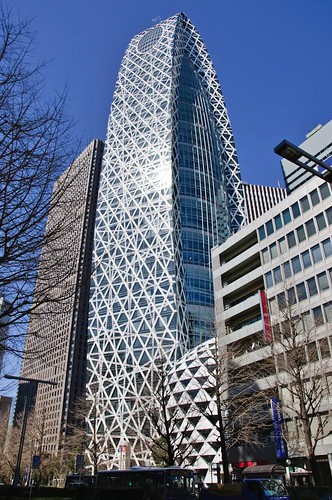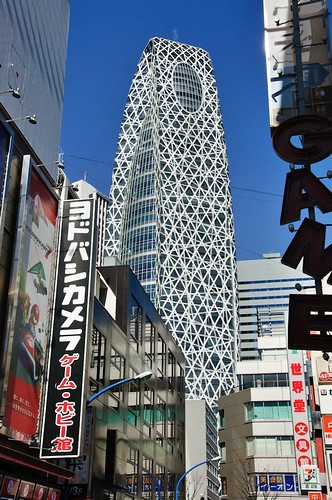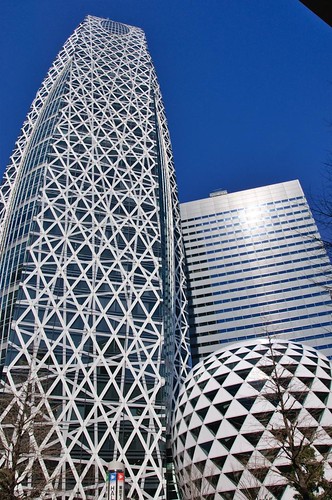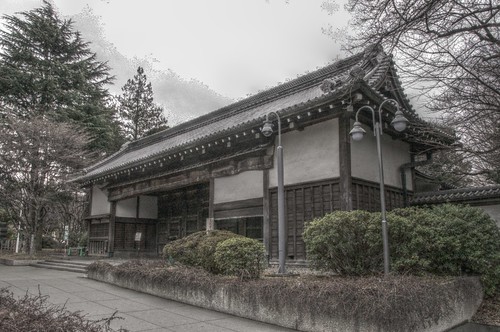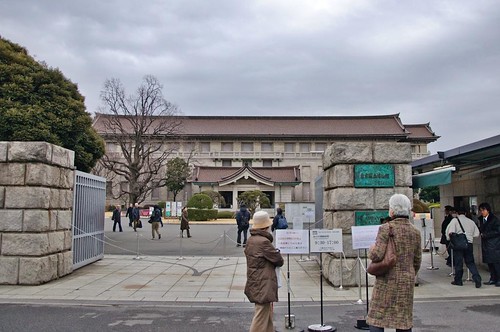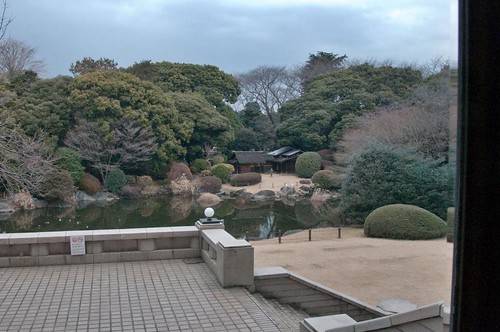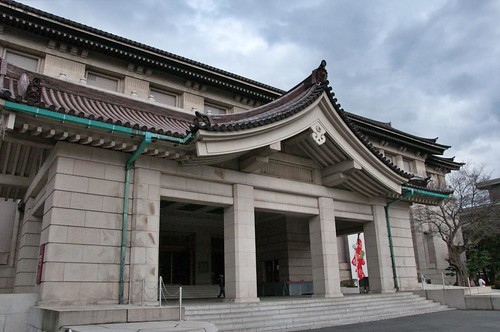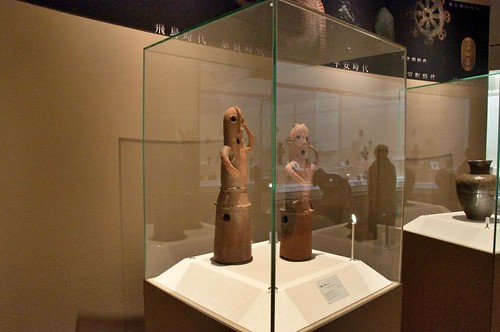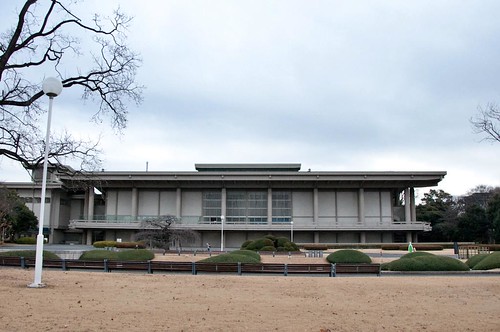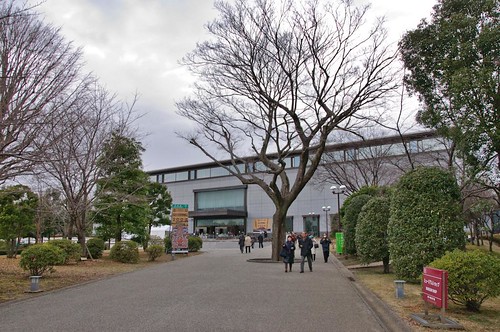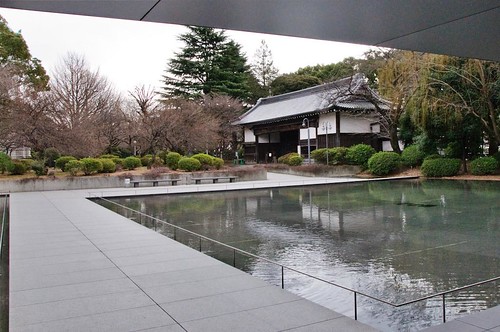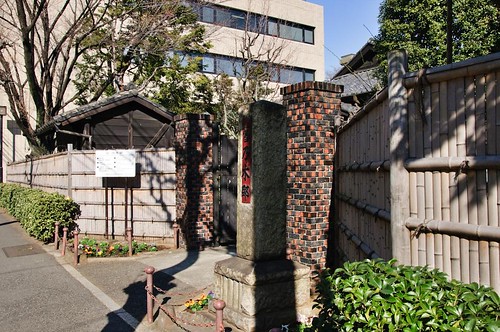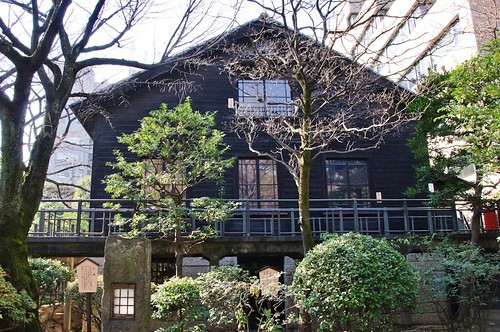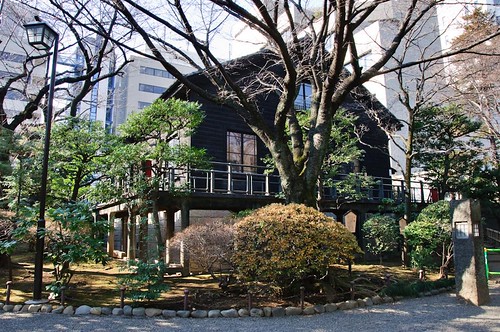The Count
Nogi’s former house in Nogizaka was built in 1902 for the Count Maresuke Nogi,
an eminent general of the Imperial Japanese Army. Located in Minato ku, on
gaien Higashi Street, a short walk from Tokyo Midtown, it has been designated
an important Cultural asset by the Minato-ku.
Count Nogi, son
of a samurai, after a distinguished military career, became the head of Peers
school, and became the mentor and big influence for the future emperor Showa. In
1992 he and his wife committed suicide at the Nogizaka house, after the emperor
Meiji death, in accordance to the samurai code. After his death, Nogi became a symbol
of loyalty and sacrifice.
The statue
outside the house recreates the story of general Nogi and the boy selling
tujiuranai (fortune cookies). In 1891 Nogi, then a General, visited Kanazawa
and run by chance into Seisaburo Imakoshi, an 8 year boy selling tujiuranai, to
help support his family, after hearing the boy story, General Nogi commented “Admirable
for a small boy, don’t forget this motivation and become a respectable adult”
and gave the boy a large amount of money. The boy never forgot the General kindness;
continued working hard and in 1965, it was named a living national treasure as
a gold leaf Artisan.
The house modeled
after a house of the French army that Nogi saw whilst studying in Germany. Built
of wood of austere design, with a semi underground concrete structure skillfully
using the slope.
The stables
built next to the house provide a glimpse of the count great love of horses.
